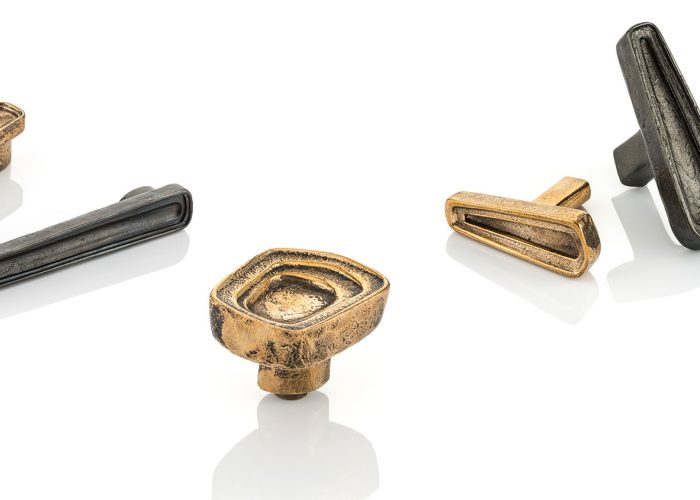PRESERVING HERITAGE: THE IMPORTANCE OF CRAFT
Craftsmanship is a cornerstone of British heritage. How do you perceive the importance of keeping British craft alive and passing it on to future generations?
“Preserving artisanal skills and nurturing craftsmanship in Britain is essential and vital for safeguarding our cultural heritage and honouring our past. While historically in the 19th and early 20th Century, large institutions played a significant role in fostering these skills, the torch has now been passed to smaller entities like ours, such as DKT Artworks.
There’s a prevailing notion that younger generations are less drawn to hands-on production, making it imperative for us not only to transmit our skills and foster innovation to avoid stagnation but also to cultivate a supportive work environment that values and encourages our team members.
Craftsmanship extends beyond the mere creation of products; it also encompasses the values, traditions, and narratives embedded into each piece. By cultivating and refining these skills for future generations, we ensure that craftsmanship remain relevant in a rapidly evolving global landscape. It’s a means of paying homage to our heritage while embracing the possibilities of the future.”








